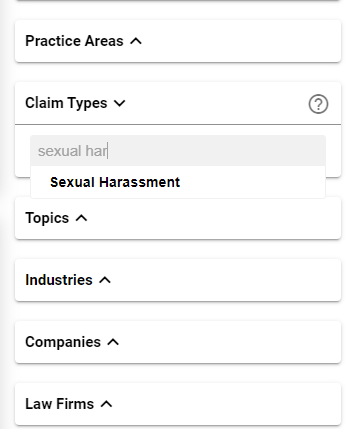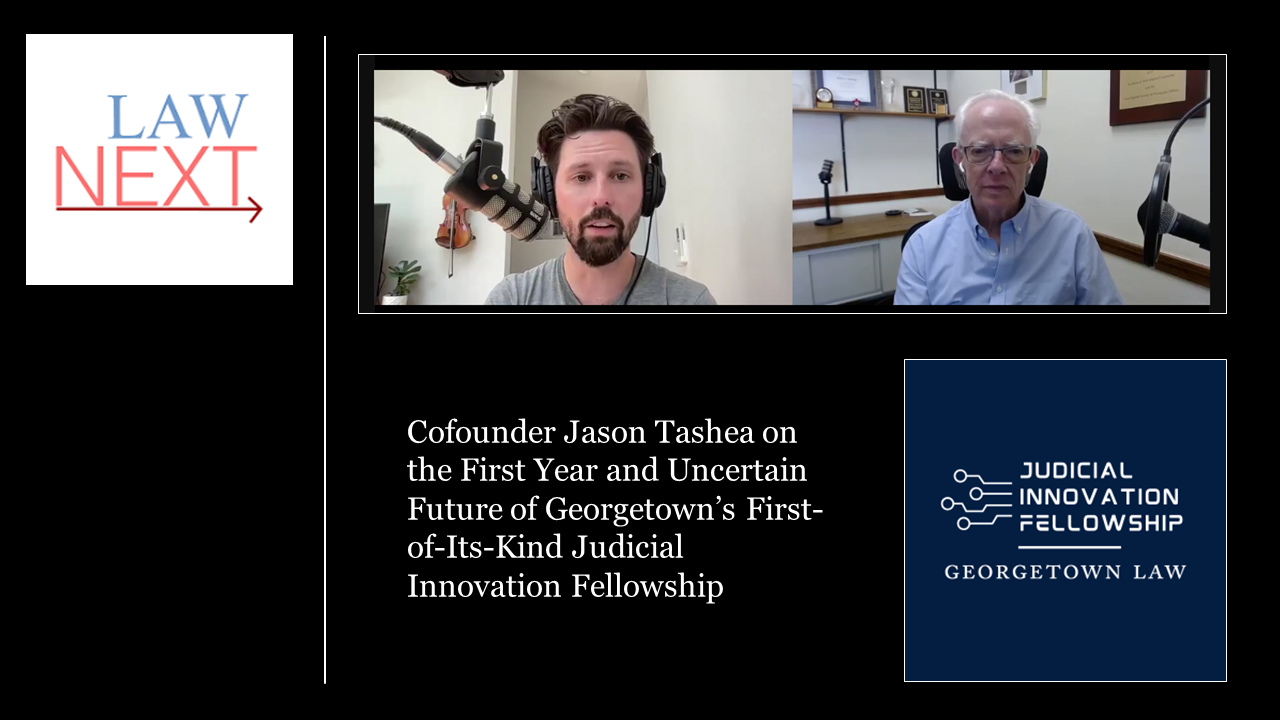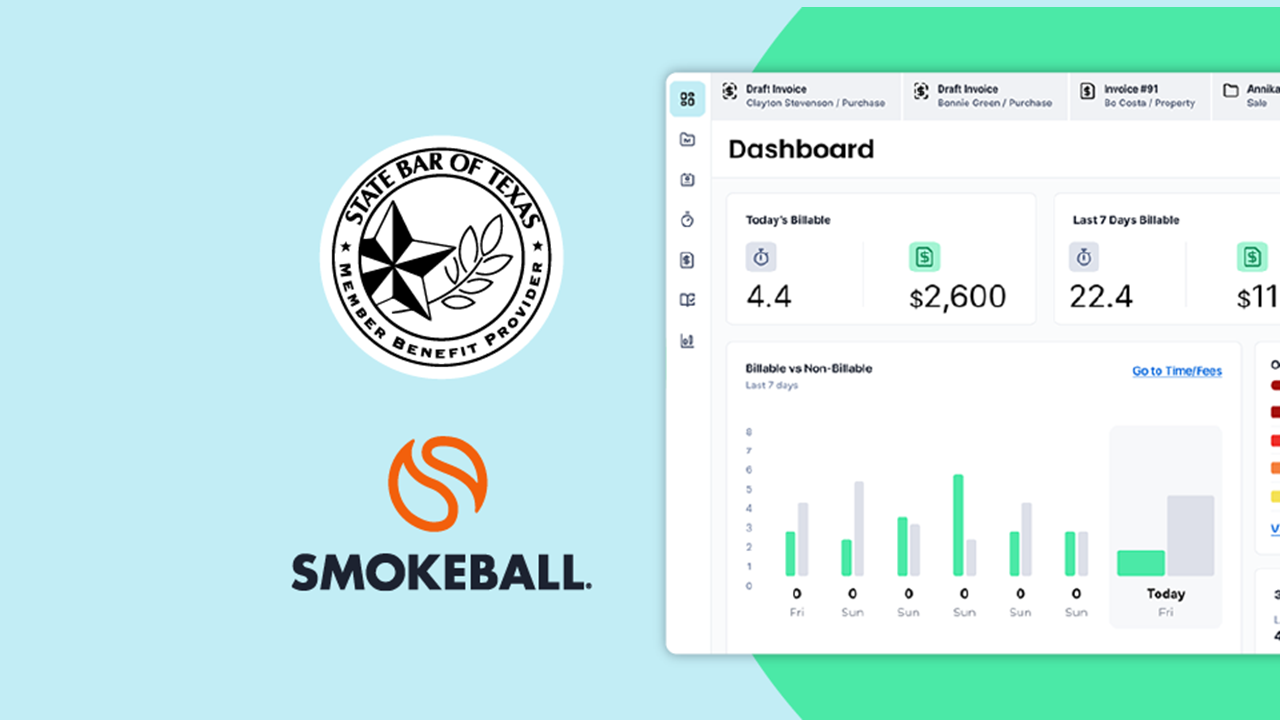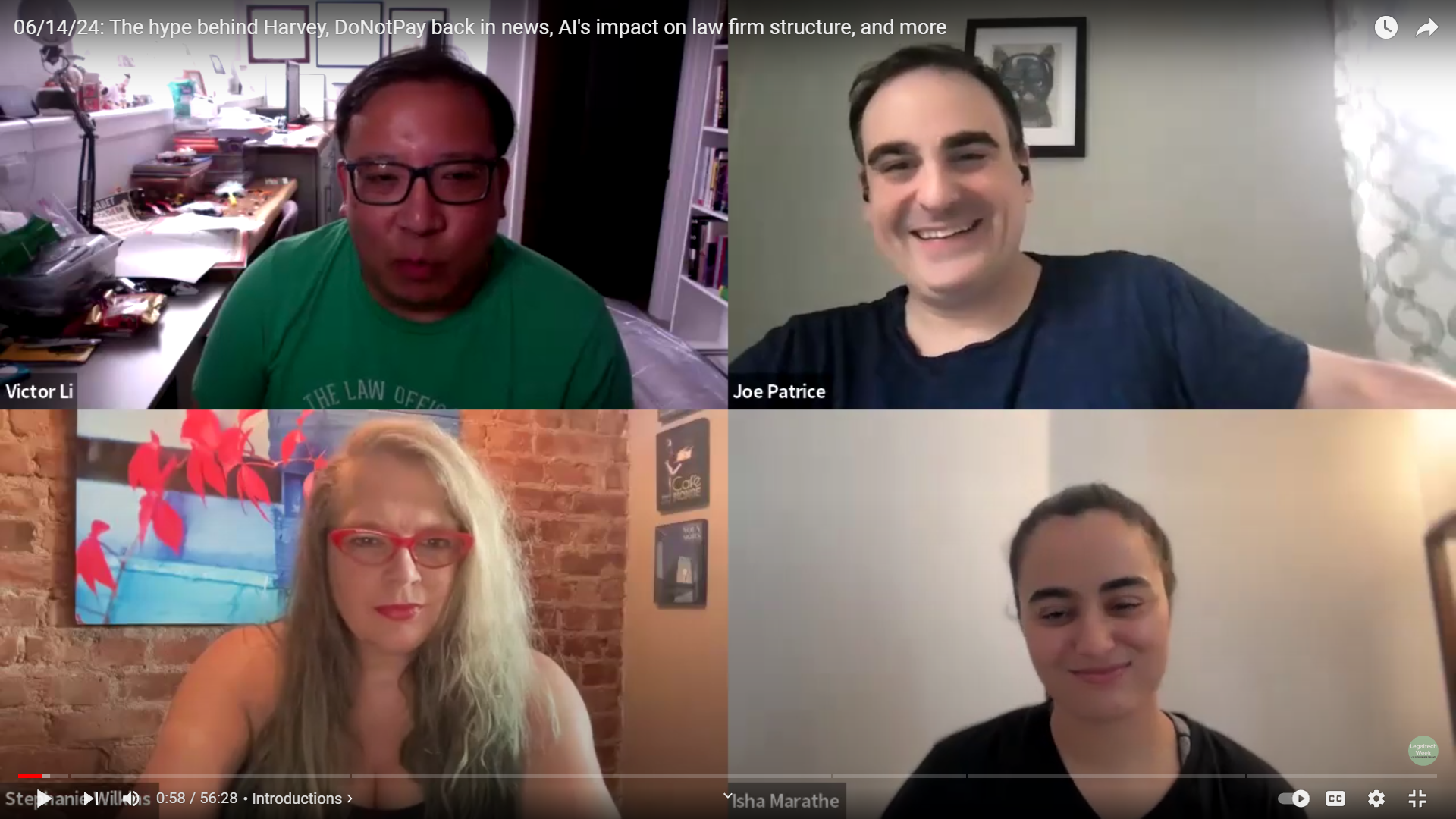Law.com Radar, a service that delivers AI-enhanced alerts of new lawsuits filed in more than 2,400 U.S. federal and state courts, is now tagging all new civil filings using the taxonomy developed by the SALI Alliance, a group working to standardize legal data across the industry.
By labeling filings using SALI’s taxonomy, Law.com Radar says it is enabling the users of its service to create searches and customized case alerts that are more precise and granular across federal and state jurisdictions. Vanessa Blum, vice president of innovation at ALM, the company that produces Law.com Radar, told me during a demonstration yesterday.
Radar is assigning these SALI labels using a proprietary machine learning model that it has trained to identify specific case types.
The problem this solves is that of inconsistent case-type labeling across different court systems. State courts differ widely in how they label case types — or even in whether they label them at all beyond a generic category.
Federal courts use a standard set of nature-of-suit (NOS) codes, but because cases are assigned only one code, the code may not reflect the true scope or focus of the lawsuit.
Related: LawNext Podcast: Damien Riehl on the SALI Alliance and Setting Data Standards for the Legal Industry.
“By adopting SALI, we are creating a consistent layer of data across state and federal courts that can be effectively searched and alerted on and that allow users to more easily set up precise searches and alerts,” said Blum.
Greater Granularity
Before adopting SALI, Radar classified federal cases using their NOS codes and state cases using a system that mapped them into their general practice areas, such as employment or torts.
While it will continue to use the NOS codes for federal cases, it will now label all cases, federal and state, with the SALI tags. Because SALI’s taxonomy of case types is more granular than just general practice areas, that means Radar can tag case types with more specificity.
“So rather than identifying just an employment case, we can identify a wage-and-hour class action or a gender-based employment discrimination action,” Blum said. “We can get that level of detail and granularity, and we can also provide insight on cases that otherwise would have no meaningful case type information.”
Driving all this is a machine-learning model that Radar has spent months developing, Blum said. “We have our editors and subject matter experts annotating lawsuits according to their claims and feeding those into a machine learning algorithm to produce a model that is capable of accurately classifying cases based on the text of complaints.”
While this tagging enables users to set up new-filing alerts that are more likely to find specific types of cases, it also allows users to more easily exclude certain types of cases from alerts. “If they have an alert for Los Angeles County, where there’s a very high volume of litigation, they may prefer not to see auto torts or lemon law or slip-and-fall cases,” Blum said.
“So it kind of cuts both ways, right. The value of these labels means that you can more easily find what you’re looking for, and also you can reduce the noise in the alerts that you have set up, if that’s what you’re trying to do.”
Selecting A Claim Type
For Radar users, the implementation of this SALI tagging can be seen when they are conducting a search or setting up an alert. As before, users can customize searches and alerts by courts, industries and companies, as well as by claim types.
But now, they can search for a claim type by NOS code, SALI tag, or keyword. As they search, any matching NOS code or SALI tag will auto-populate the field.
To be clear, Radar is using only a small subset of the more than 10,000 tags in the SALI taxonomy — those that relate to civil claims. So far, it has trained its machine learning on just under three dozen of those tags, with the system slated to be trained on another 30 or more by September.
See the full list of currently available SALI tags and NOS codes in this PDF.
One unique feature of Radar is that for approximately 350 courts where it is not able to get electronic access to new case filings, it employs runners to collect those complaints manually.
Even for those manually collected cases, Radar is applying the SALI tags, after the cases are scanned and their text extracted through OCR.
Solidifying A Standard?
Damien Riehl, one of the leaders of the SALI Alliance and a developer of its taxonomy, praised ALM for its decision to integrate SALI into its platform. While SALI is not the only group working to develop standardized data classification for the legal industry, Riehl said this solidifies SALI as the industry standard.
“This partnership marks another milestone in ensuring SALI’s consistent and actionable data across jurisdictions,” said Riehl, who is also a vice president at vLex.
Blum said that ALM decided to adopt SALI over other standards because they perceive a lot of momentum behind SALI and admire the group and the approach they have taken.
For purposes of the civil filings that are Radar’s focus, SALI’s civil case taxonomy accomplished what they needed, she said.
“It is generalized enough to be applied across all these jurisdictions and detailed enough to help our users find the specific types of cases they’re looking for. And as we have been focused on developing an API, for example, we really wanted to go with a taxonomy system that would be standardized and make adoption easier for our customers.”
ALM launched Radar in 2020 as a service to deliver custom-tailored news alerts drawn from federal court dockets. Last year, it added coverage of state court dockets. (See its full coverage map here.)
The basic version, covering only federal litigation updates, is free. Paid subscriptions start at $19.99 a month. See all subscription options here.






